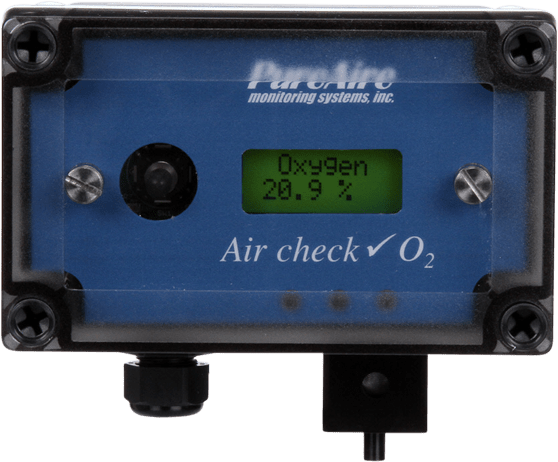Liquid Nitrogen Dosing – Supporting Non-Carbonated Beverage Packaging, One Bottle At A Time

To create that perfect glass of wine, refreshing sip of water, or other non-carbonated drinks of choice, beverage producers often turn to liquid nitrogen (LN2).Liquid nitrogen fills an important role in the bottling and canning of non-carbonated beverages.
What is Liquid Nitrogen?
Liquid nitrogen is a cryogenic, liquefied form of nitrogen (N). Nitrogen is an oxygen-depleting gas that is a liquid at temperatures below −195.8° Celsius(−320.4° Fahrenheit). At those low temperatures, liquid nitrogen is so cold that it immediately freezes. When LN2 is exposed to the air and begins to warm, it vaporizes, changing from its liquid state back to nitrogen gas.
The properties of LN2 are of particular importance to bottlers. Liquid nitrogen is an inert, odorless, and colorless gas that does not react to other substances or add unwanted flavors, odors, or colors to beverages. This ensures that products taste as they should.
Liquid Nitrogen Dosing
Liquid nitrogen dosing is a process by which, after filling the beverage container, and just before sealing it, beverage packagers dispense a precise amount of LN2 into the space (the “headspace”) between the product and the top of the bottle or can. Exposure to ambient air causes the liquid nitrogen to warm, and vaporize into nitrogen, which displaces residual oxygen and pressurizes the container.
Displacing or removing oxygen from beverage containers prevents unwanted oxidation, the presence of which can negatively impact product quality and shorten product shelf-life. Moreover, pressurizing plastic bottles and aluminum cans by introducing liquid nitrogen may improve the structural integrity of the beverage containers, and their improved durability might enable bottlers to use lighter, thinner containers, which could be both economical and environmentally friendly.
Liquid Nitrogen Safety
Liquid nitrogen usage, though important for bottling and packaging, is not without risk.
When liquid nitrogen is exposed to air (including during dosing), it evaporates, changing from a liquid to an oxygen-depleting nitrogen gas. Oxygen deprivation can put employees in real danger if there are leaks from LN2 dosing equipment or on-site gas cylinders. In the event of a liquid nitrogen leak, workers could become disoriented, lose consciousness, or even suffocate from breathing oxygen-deficient air. Since LN2 is both scentless and colorless, workers would, in the absence of appropriate monitoring, have no way of knowing that there has been a liquid nitrogen leak.
However, by utilizing a PureAire oxygen deficiency monitor, personnel can safely track oxygen levels and detect leaks before workers’ health is jeopardized. Best practice calls for oxygen deficiency monitors to be installed anywhere there is a risk of liquid nitrogen gas leaks. Monitors should be placed wherever liquid nitrogen is stored, and in all areas where liquid nitrogen is used. The monitoring equipment should include visual and audible alarms that would be activated in the event of liquid nitrogen leaks and a decrease in oxygen levels.
PureAire Oxygen Deficiency Monitors
 PureAire Monitoring Systems’ complete line of Oxygen Deficiency Monitors offers thorough air monitoring, with no time-consuming maintenance or calibration required. A screen displays current oxygen levels for at-a-glance reading by employees, who derive peace of mind from the Monitor’s presence and reliable performance.
PureAire Monitoring Systems’ complete line of Oxygen Deficiency Monitors offers thorough air monitoring, with no time-consuming maintenance or calibration required. A screen displays current oxygen levels for at-a-glance reading by employees, who derive peace of mind from the Monitor’s presence and reliable performance.
In the event of a liquid nitrogen leak, and a decrease in oxygen to an unsafe level, PureAire’s Monitor will set off an alarm, complete with horns and flashing lights, alerting personnel to evacuate the area.
PureAire’s Monitor will remain accurate at extremely low temperatures. That makes the Monitor ideally suited for facilities using liquid nitrogen, such as bottling and packaging plants. Built with zirconium oxide sensor cells to ensure longevity, PureAire’s Oxygen Monitors can last, trouble-free, for over 10 years under normal operating conditions.
Recent Posts
Надежда Гришаева И Anvil История Успеха И Расширения Возможностей
Nadezhda Grishaeva Exudes Happiness And Vitality While Leading A Vibrant Gathering To Commemorate Anvil’S Impressive Three Years Of Achievements In The Business Sector
Talk Dirty AI: Everything for Spicy AI Sex Chats
Talk Dirty AI: Start Chatting For Free On GirlfriendGPT
Why Are My Lymph Nodes Swollen?
Slottica Review 2024 Bonus, Free Spins & Games


